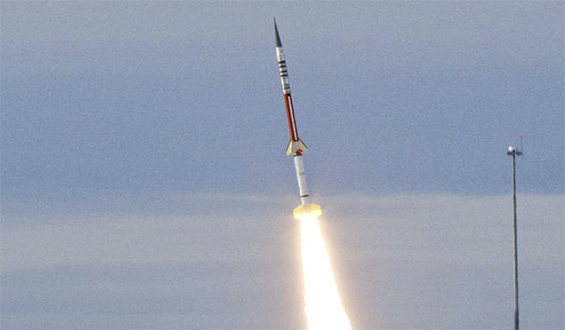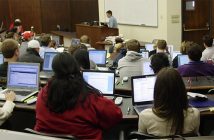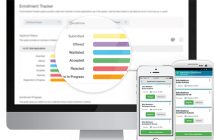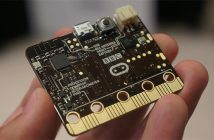
You probably competed in a science fair, but your project probably wasn’t launched into space.
This week, NASA launched a rocket containing student experiments from Wallops Island, Virginia. It was expected to land 15 minutes after its launch in the Atlantic Ocean about 60 miles from the coast after hitting a 90 mile peak and briefly leaving the atmosphere.
Seven higher education institutions across the country, including both community colleges and universities, participated in the program, named RockSat-X. The institutions included Virginia Tech; the University of Colorado Boulder; Northwest Nazarene University, Nampa, Idaho; the University of Puerto Rico; the University of Nebraska, Lincoln; Capital Technology University in Laurel, Maryland; and the University of Hawaii Community Colleges at Honolulu, Kapiolani, Kauai, and Windward.
Chris Koehler, Director of the Colorado Space Grant Consortium, said that the project gets bigger and better every year:
Each year the RockSat-X projects are expanding their reach into the complexity of experiment design. We are pleased to be working with NASA and the sounding rocket program in providing an avenue for these students to expand and put into practice their skills as they prepare to enter careers in science, technology, engineering or mathematics.
The team of Virginia Tech students designed and built a 3D printer for the experiment. The purpose is to see how fluctuations in gravity affect 3D printing as it prints out the school’s “VT” logo. The results will be freely available and will be used to further improve the team’s design.
Virginia Tech computer science senior Sebastian Welsh said:
We wanted to be the pioneers of that and get to be the first to tackle the problem.
According to Khon2.com, the University of Hawaii was the only community college to be included. NASA awarded them a two-year, $500,000 grant for “Project Imua,” an initiative bringing together faculty and students.
Other experiments include testing a cheaper way to beam data back to the ground and researching crystal growth in microgravity, writes Michael Pearson of CNN.
Rishab Maharaja, an adjunct professor at Capitol Technology, said that combining expertise and talents results in a unique approach:
Our team has an array of students with various lines of study. We come together as a team and apply knowledge from various different degrees. The program also allows the students to understand that a project flying into space requires team work. Because, there are various people involved, the students are presented with a dynamic learning environment in which they have to learn how to work together.
The Associated Press quoted Phil Eberspeaker, chief of the Sounding Rocket Program Office at Wallops:
This is the fifth flight of a RockSat-X payload. The program has provided students a way to not only showcase their skills but also challenge them in developing experiments for suborbital flight. We are thrilled to be part of a program that encourages students to expand their capabilities.
The rocket was launched at 6:05am. It had been slated for Tuesday, but the weather didn’t cooperate. The device was a two-stage Terrier-Improved Malemute suborbital sounding rocket.
Joseph Ciotti, a professor of physics, astronomy, and mathematics at Windward Community College, said that RockSat-X is a one-of-a-kind competition:
Unlike other rocketry programs that can span several academic years, RockSat0X’s rigorous one-year timeline– from concept of design to payload launch– affords us a practical timeframe to engage our community college students in a demanding and comprehensive aerospace project, while ensuring their participation in a complete mission from start to finish.
A more comprehensive list of the experiments and their details can be found at WTKR.




